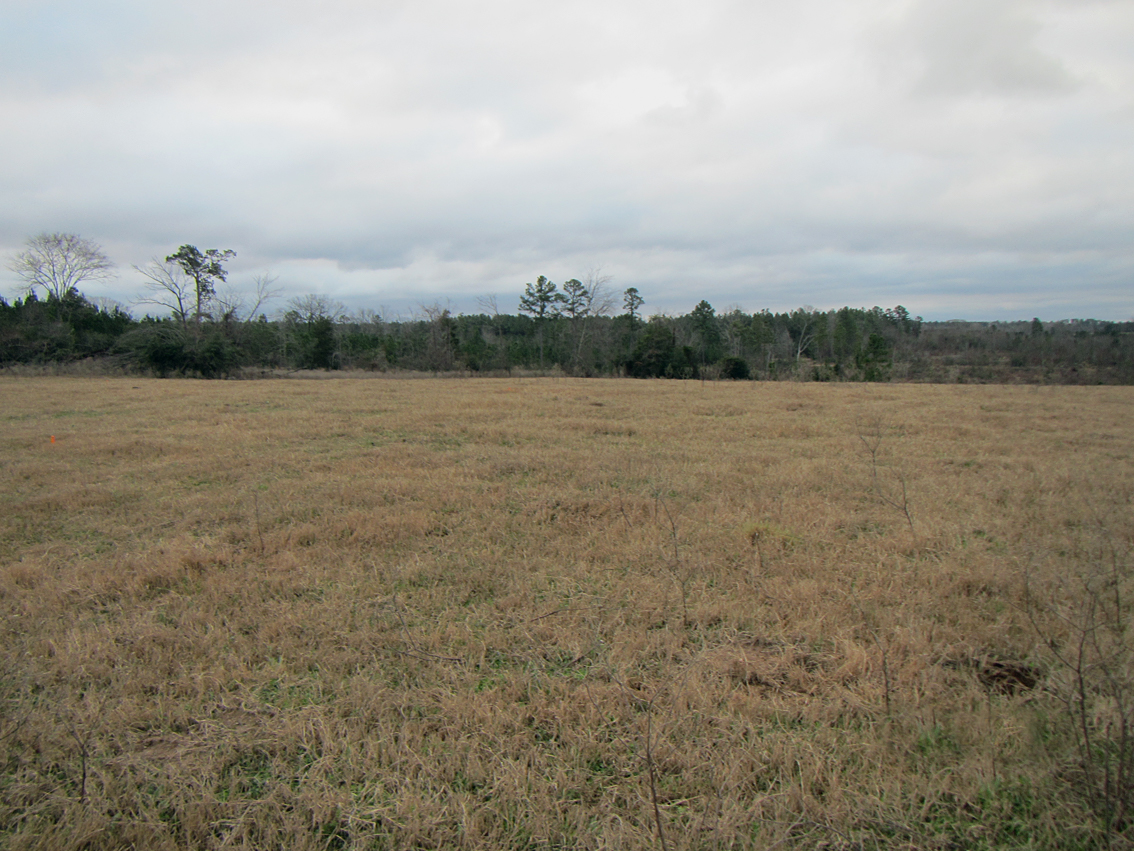
Hendrick and Ware Plantations Cultural Landscape
Ware Plantation
By the time the 1863 map was made, plantation patriarch Levi Hill Ware had been dead for five years and the plantation was owned by his widow, Elizabeth Hinton Vinson Ware Flanagan. It seems that Elizabeth and her second husband, James Winwright Flanagan, shared responsibilities for the plantation with the help of an overseer, since they lived in Henderson. The plantation was established in 1852–1853 and grew to encompass 1,552 acres. Plantation occupants included as many as 30 enslaved African Americans, Levi and Elizabeth Ware, and their two surviving children (two other children died as infants). After Levi's death, the Ware family moved away, and an overseer and his wife lived at the plantation along with the enslaved.
Why the Wares chose this land for their farm remains unknown, but it offered several appealing factors. The property was close to established roads that linked towns such as Camden, Marshall, Harmony Hill, Henderson, and Grand Bluff. Not far north of where Elizabeth’s parents and other relatives established plantations at about the same time, this land was close to family. The sandy soils and adequate rainfall made it good for growing cotton, corn, and other row crops once the enslaved had cleared timber and dense undergrowth. The Wares' unimproved land was well suited for grazing their free-ranging cattle and hogs; the woodlands provided fuel for cooking and heat.
